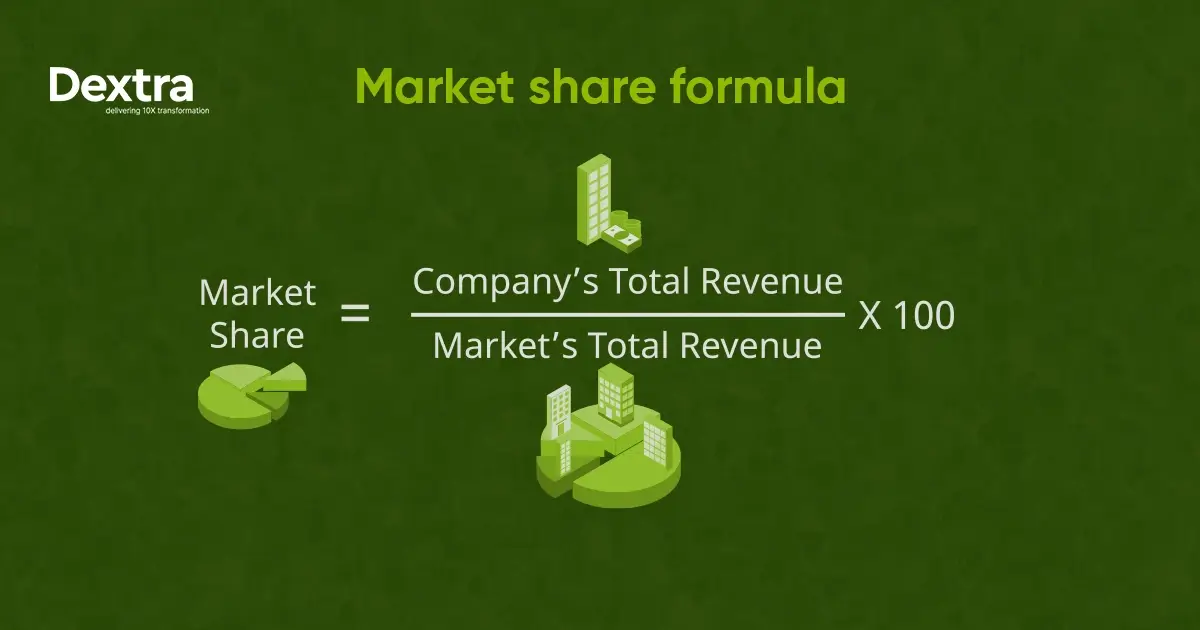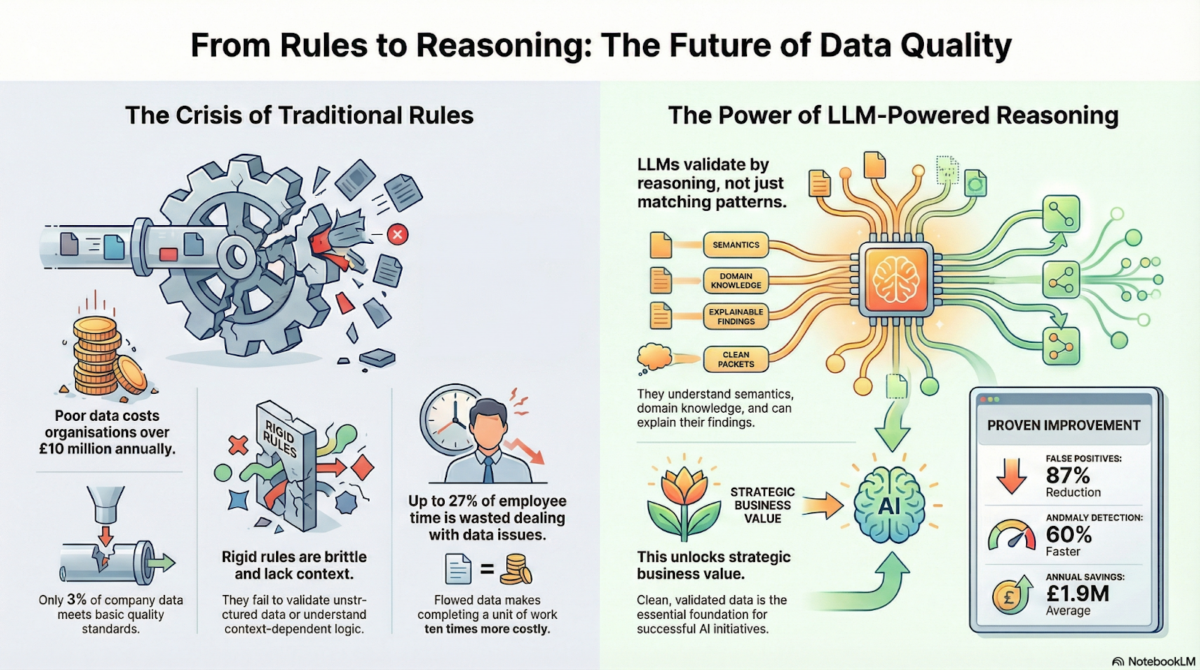In the recent business landscape, the business’s scalability and adaptability are becoming challenging for new startups and business operations to share their participation in the competitive market. Therefore, if companies can measure the market dynamics and are aware of rapid changes in marketing trends, they can stay ahead of their competitor at each level. The art of calculating the market size and space for their product can enable the stakeholders to produce quality products in their concerned market.
Let’s unlock all the potential of the market size and its benefits for the long run of any business, whether it is in manufacturing or services.
What is Market Size?
The “market size” is the total number of prospective buyers for a product or service in a particular market and the revenue generated by these sales.
You will have a significant advantage immediately if you can accurately determine the market size equation. It helps you find better finances, make plans with clear thinking, and avoid plans with no future.
What is the Difference Between Market Share and Market Size?
Understanding a clear difference between these two market share and size marketing terminologies. There is a big difference between the Market Share and Market Size. It clearly shows that the market share is what a company holds in hand or the total number of sales a company makes and revenue generation. Market shares help the investors or stakeholders estimate any significant company’s real-time progress. For example, a cotton manufacturing business market is worth about $200 million, and your company is generating $10 million within this market, which means your market share is 5% in the cotton market.
On the other side of the coin comes market size, which means the total market volume in which a company operates and generates business values. For Instance, let’s suppose the estimated value of the electric bike business in the United States is $100
million in sales in a financial year; that is your market size for the electric bike business.
How to Determine Your Market Share?
Calculate the total addressable market and revenue your company made from sales during the desired period and divide it by the total amount of money your industry made during the same period. Once you get this amount, multiply it by 100 to calculate your market share percentage.
Every business model intends to generate more output in a fiscal year to stay strong and ahead of competitors. Therefore, you should clearly understand the differences in business approaches and the primary market fundamentals to strengthen your business and establish a substantial market share by providing quality products.
To calculate the total addressable market formula with a percentage, divide a company’s sales or revenue by the entire market’s sales or revenue. Then, multiply the value by 100. For example, a company’s market share would be 10% if it sold $10 million in a $100 million market. Subsequently, a good market share can boost a company’s business profile and assist in winning the stakeholders’ trust.
Coca-Cola and PepsiCo are constantly battling for market share in the soft drink industry, which is another case study. The fact that both organizations have significant portions of a large market demonstrates how crucial it is to gain a large proportion of the market to remain successful.
To ensure a strong and impeccable business and contribute to your significant position among your top competitors, you must intently align your policies to market trends to gain more grip over your market share. This ultimately helps in calculating accurate market size facts and figures
Top FIVE Market-Sizing Terminologies
The complete Addressable Market (TAM) refers to the total market demand for a product or service. The Serviceable Available Market (SAM) is the portion of TAM that your current business model can reach. The Serviceable Obtainable Market (SOM) is the SAM segment you can get.
1- Total Addressable Market
In any business or a new startup, you must calculate the total addressable market (TAM), which is a critical business calculation to estimate the market size. TAM helps you understand how much your company can generate by producing a quality product in the market gap and how many people look for this product daily. Suppose you intend to start a business in a fast food chain, and you have to calculate the number of people looking for quality food in your targeted area. Similarly, if you have another business plan, the exact calculation of TAM can minimize the risk of business failure.
2- Serviceable Addressable Market
SAM is a crucial part of calculating your business potential and the demand for your product. SAM is considered the exact number of customers/buyers out of TAM who want to buy and use your product in their daily lives. For example, suppose you are starting a hypermarket with a population of 15,000. In that case, the chances of SAM are higher than in any populated area because you are operating your business in a less competitive area. Therefore, you have to transparently understand the TAM and filter the exact figure of SAM.
3- Serviceable Obtainable Market (SOM)
SOM is the subsection of SAM that filters the exact number of buyers who want to use your product. If you can calculate the SOM, you can estimate the potential of your services business and attract the same number of buyers in your specific targeted area.
4- Targeting Market
TM is the targeted market to which you want to contribute your market share. TM helps businesses start operations in a specific area with exact TAM, SAM, and SOM calculations. Target markets help organizations learn a lot about their potential customers and develop marketing programs that assist them in achieving their business and marketing objectives.
5- Market Penetration
It displays how many distinct customers use a product or service compared to its total market size. Market penetration also refers to the number of potential customers purchasing a product from one company rather than a competitor.
Importance of Market Sizing
1- Prompt Decision Making
The marketing size calculation makes it easier to take prompt and necessary action to boost your business’s visibility and attract potential customers. The exact number of facts and figures shows precise analytics to the range and expands your buyers and stakeholders to promote your business channel.
2- Measuring Growth Opportunities
Marketing size varies from business to business, which may help stakeholders produce quality products and associate their business with the b2b and b2c channels. These methods can showcase potential products to multiple firms and consumers within the market.
3- Maximizing Revenue Outputs
The basic fundamental approach is to measure accurate facts and analytics to advocate for their business growth, paving the way for more stable growth. Flexible businesses can estimate the market requirement, always try to find the market gap, and fill it with their product placement to generate more revenue.
4- Technical Strategies to Boost Sales
In a more technical sense, it refers to the total number of potential clients or sales you can reach in a given period, typically a year, or the entire amount of income you can generate.
5- Accessing Marketing Potential
The market size shows the opportunity for a new business, product, or service. It will be easier to get money if you show that you have a good chance of making money and how much.
Market Size Calculation Methods
Do a market study to determine how interested buyers are in what you’re selling—will they buy it? Find out how many possible customers and sales you make each year. You can find many secondary sites that can help you with this. Check how much revenue that part of the economy made in a particular year.
There are three main ways to figure out the formula for calculating market size:
1- Top Down Method
It is one of the easiest but crucial market size calculation formulas. As we have read in the article above, market size can hold a significant position in any business success. In the Top-Down method, the calculation process starts by covering the whole market size and filtering into how much market control or market share your business generates and the total amount your business would earn from that specific market share. Simply put, business experts can extract the exact market share your business can develop in a year, considering your business location and population, and out of these people, you can generate the precise number of customers by filling the market gap.
Example
Suppose your business has a market size of around 1 million customers, and you estimate its market share by 10%. The top-down calculation can extract the market size by calculating your business potential by holding 100,000 real customers.
2- Bottom-Up Method
This is a real-time business scalable market size formula to calculate an approximate figure for your business potential. In this formula, you can estimate the variables of selling your product in a specific area, consider XYZ’s customers, and calculate the final amount you can generate through your product. It is based on your assessments of the many sellers in the market. You accomplish this by looking at all of the suppliers in a market and estimating or calculating how much each one sells to arrive at a total amount, which is the sum of all providers’ sales.
Example
You are starting a cake-making business. You can estimate the venues offering birthday or personal event celebrations in your target area. Lastly, you can estimate how many customers can obtain your services to promote your product.
Wrapping Notes
Any business model’s success depends on the market size and the gap in which they can participate in their market share by providing quality and valuable products to generate more money in a fiscal year. The rapidly changing marketing dynamics demand more predictive and promising results to sustain in this adaptable market. These dynamics support those businesses and enterprises with significant positions in their targetted area by considering all means of business scalability. Therefore, any entrepreneur or startup team should gather all the marketing knowledge and practical facts and figures through market research by experts on whether they can stay in the market.
FAQ’s
Q. How do I calculate market size and market share?
Market Share (%) equals (Your Company’s Sales or Revenue / Total Market Size) multiplied by 100. This market size formula will indicate how much of the market your company controls in the specified sector.
Q. What is a large market size?
When scaling market size, this is a different debate because it varies from business to business based on the number of potential customers and the amount they generate through their initial capital. Usually, companies with a market size of more than $1 billion fall into the large-scale market size range.
Q. What is a good market size for your business?
Well, it all depends on your business scalability, the amount of capital, your targeted area, your estimated potential customer, and the amount of money you intend to generate in a single year suitable for your business. It can be either small-scale, mid-scale, or large-scale market size.









